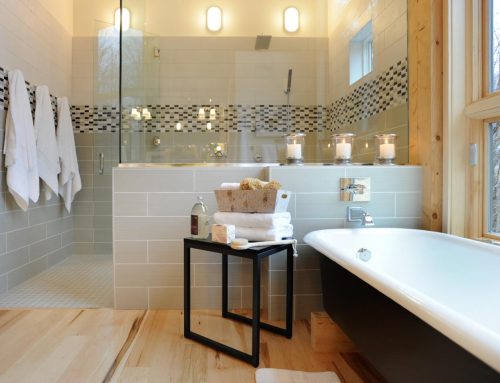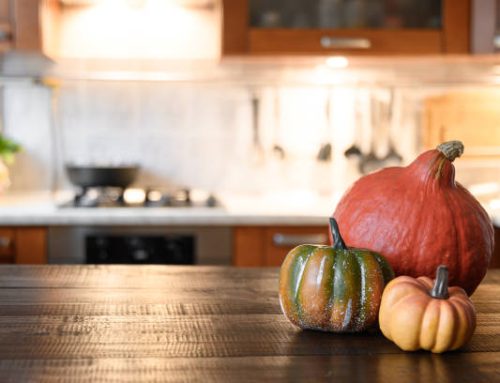With many years of experience with all different types of siding Cherry City Services brings you, the home owner, this comprehensive guide in selecting the right kind of siding for you. We respect you and feel the more informed you become the better our results will be in completing your next project!
House siding is not only crucial for protecting your home from the elements but also plays a significant role in enhancing its aesthetic appeal. With a multitude of options available in the market, choosing the right siding material can be overwhelming. In this comprehensive guide, we’ll delve into various types of house siding, outlining their advantages, disadvantages, and the best practices for repairing each type.
- Vinyl Siding:
Vinyl siding is one of the most popular choices among homeowners due to its affordability, low maintenance, and versatility. It comes in a wide range of colors and styles, allowing for customization to suit different architectural designs. However, vinyl siding is susceptible to damage from impact, extreme temperatures, and fading over time. Repairing vinyl siding typically involves replacing damaged panels, which can be relatively straightforward with the right tools and techniques.
Pros:
- Affordable compared to other siding materials.
- Low maintenance, requiring occasional cleaning with soap and water.
- Wide range of colors and styles available.
- Resistant to rot, insect damage, and moisture.
Cons:
- Susceptible to damage from impact and extreme temperatures.
- Prone to fading and discoloration over time.
- Limited insulation properties compared to other materials.
- Not as durable as some alternative options.
Repair Technique: To repair damaged vinyl siding, start by removing the affected panel using a zip tool or siding removal tool. Once removed, inspect the underlying substrate for any damage and make necessary repairs. Then, install a replacement panel by snapping it into place, ensuring a snug fit and proper alignment with adjacent panels. Finally, secure the panel with nails or screws, making sure to leave room for expansion and contraction.
- Fiber Cement Siding:
Fiber cement siding has gained popularity in recent years due to its durability, resistance to fire and pests, and low maintenance requirements. Made from a mixture of cement, sand, and cellulose fibers, this siding material offers the look of wood without the drawbacks such as rotting or insect damage. However, fiber cement siding is heavier and more labor-intensive to install compared to vinyl or aluminum siding. Repairing fiber cement siding involves patching cracks or holes with a specialized cementitious patching compound.
Pros:
- Highly durable and resistant to fire, insects, and rot.
- Low maintenance, requiring periodic cleaning with water and mild detergent.
- Available in a variety of textures and finishes, including wood grain.
- Long lifespan, often lasting 50 years or more with proper maintenance.
Cons:
- Heavier and more challenging to install compared to other siding materials.
- Prone to chipping or cracking if impacted by heavy objects.
- Requires specialized tools and techniques for installation and repair.
- Higher initial cost compared to vinyl or aluminum siding.
Repair Technique: To repair cracks or holes in fiber cement siding, start by cleaning the damaged area with a brush and water to remove any debris. Then, apply a cementitious patching compound to fill the void, smoothing it out with a putty knife or trowel. Allow the patch to dry completely before sanding it down to blend with the surrounding surface. Finally, prime and paint the repaired area to match the rest of the siding.
- Wood Siding:
Wood siding has a timeless appeal and natural beauty that complements various architectural styles, making it a popular choice among homeowners seeking a rustic or traditional look. Cedar, pine, and redwood are among the most common types of wood used for siding due to their durability and resistance to decay. However, wood siding requires regular maintenance, including painting or staining, to protect it from moisture, rot, and insect damage. Repairing wood siding involves replacing damaged boards or sections and treating any underlying issues such as mold or rot.
Pros:
- Natural aesthetic appeal with a variety of grain patterns and textures.
- Renewable and biodegradable, making it an eco-friendly option.
- Provides good insulation and thermal performance.
- Can be customized with different finishes and stains to suit personal preferences.
Cons:
- Requires regular maintenance, including painting or staining every few years.
- Prone to rot, insect infestation, and moisture damage if not properly maintained.
- Higher initial cost compared to vinyl or aluminum siding.
- Susceptible to warping, splitting, and cracking over time.
Repair Technique: To repair damaged wood siding, start by removing the affected boards using a pry bar or hammer. Inspect the underlying substrate for any signs of moisture or rot and make necessary repairs. Then, cut a replacement board to size and install it using galvanized nails or screws, ensuring proper alignment with adjacent boards. Finally, seal the seams and edges with caulk or wood filler and repaint or restain the repaired area to match the rest of the siding.
- Aluminum Siding:
Aluminum siding was once a popular choice for homeowners seeking a durable and low-maintenance option. While it offers excellent resistance to corrosion and fading, aluminum siding has largely been overshadowed by newer materials such as vinyl and fiber cement. However, aluminum siding is still used in some regions due to its affordability and ease of installation. Repairing aluminum siding involves patching holes or dents with aluminum flashing or specialized repair kits.
Pros:
- Lightweight and easy to install, reducing labor costs.
- Resistant to corrosion, rot, and insect damage.
- Low maintenance, requiring occasional cleaning with soap and water.
- Reflective surface helps to keep the home cooler in hot climates.
Cons:
- Prone to denting and scratching if impacted by heavy objects.
- Limited color options compared to other siding materials.
- Can become discolored or chalky over time due to exposure to UV rays.
- Poor insulation properties compared to some alternative options.
Repair Technique: To repair dents or holes in aluminum siding, start by cleaning the damaged area with a brush and water to remove any dirt or debris. Then, cut a piece of aluminum flashing or use a specialized repair kit to match the size and shape of the damaged area. Secure the patch in place using adhesive or screws, ensuring a tight seal to prevent water infiltration. Finally, paint or touch up the repaired area to blend with the surrounding siding.
Choosing the right siding material for your home is a crucial decision that requires careful consideration of various factors such as durability, maintenance requirements, and aesthetic preferences. Each type of siding has its own set of pros and cons, as well as specific repair techniques to address common issues such as damage from impact, moisture, or insects. By understanding the characteristics and maintenance needs of different siding materials, homeowners can make informed decisions to protect and enhance the beauty of their homes for years to come.








